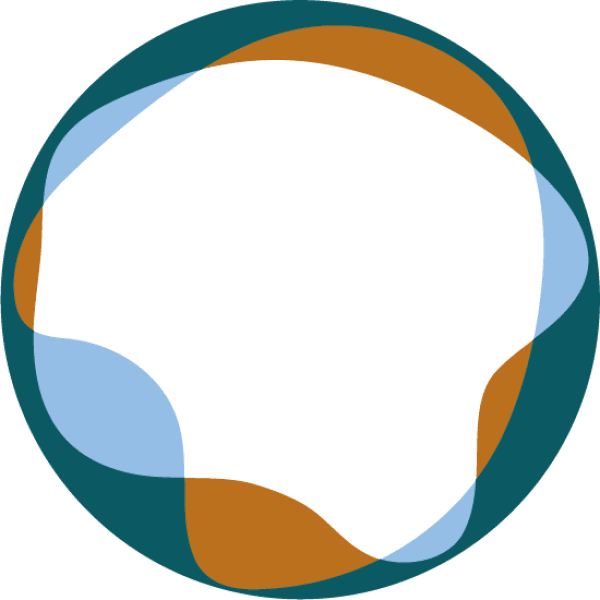Are you excited about the new Makerspace on our campus?
If the answer is yes, you should be joining this course.
This course is a collaborative project-based course that aims to add on some fundamental space functions & necessary facilities for our Makerspace, such as separating the space into collaborative and solo design areas; hand-making storage cabinets or facilities, and making furniture that facilitates making.
Projects will be a large part of the course and will require a portfolio done by the team and individual. Learners will work in collaborative teams to learn the basic safety rules and skills of using engineering tools and machinery; concepts/theories of each discipline; and will be exposed to a wide range of hands-on learning of mechanics and engineering, and design techniques. Learners will have the opportunity to work hands-on in their groups to build and create furniture or facilities needed in the Makerspace and learn to use digital devices to record the creating progress. Learners will also adopt the previous MSA Makerspace general rules and build on the new legacy of Makerspace culture.
Projects will require learners to adopt EDP (Engineering Design Process ) to complete needs analysis, design, manufacture, optimize and eventually meet the users' needs in Makerspace. During this process, learners will learn to use industrial-level tools such as 2D drawing software, 3D Modeling software, 3D printer, laser cutting, CNC, etc., to complete the project.
